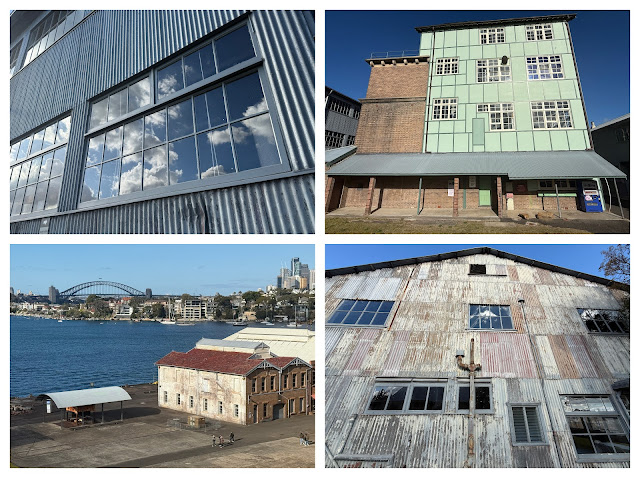A fun Sunday at Cockatoo Island taking photos of the old docking sheds, machines and cranes. It's a wonderful place with a fascinating history.
Some interesting facts about Cockatoo Island
- Cockatoo Island is the largest island in Sydney Harbour, spanning about 17.9 hectares.
- It’s a UNESCO World Heritage-listed site, recognized in 2010 for its convict-era history.
- The island was originally known as Wareamah and was significant to the Wallumedegal, Wangal, Cammeraygal, and Gadigal peoples.
- From 1839 to 1869, it operated as a high-security prison for convicts transferred from Norfolk Island.
- Convicts built many of the island’s historic structures, including sandstone barracks, a hospital, and underground grain silos.
- Between 1871 and 1888, the island served as an industrial school and orphanage for girls.
- It became Australia’s primary shipbuilding and repair facility, operating from 1857 until 1992.
- Over 12,000 vessels were serviced at Cockatoo Island, including warships during World War II.
- Major dry docks like Fitzroy and Sutherland were carved into the island to support shipbuilding.
- The 1918 powerhouse on the island housed one of the country’s largest DC generators at the time.
- During World War II, tunnels beneath the island were converted into air-raid shelters.
- Visitors can stay overnight in glamping tents or heritage-listed apartments—making it the only harbour island with accommodations.
- Since reopening to the public in 2007, the island has hosted art biennales, festivals, and large cultural events.
- Ferries from Circular Quay, Barangaroo, and the Parramatta River make access to the island easy.
- The island offers stunning panoramic views of the Sydney Harbour Bridge and skyline.
- Some small-scale maritime activity still continues on the island today.




























































